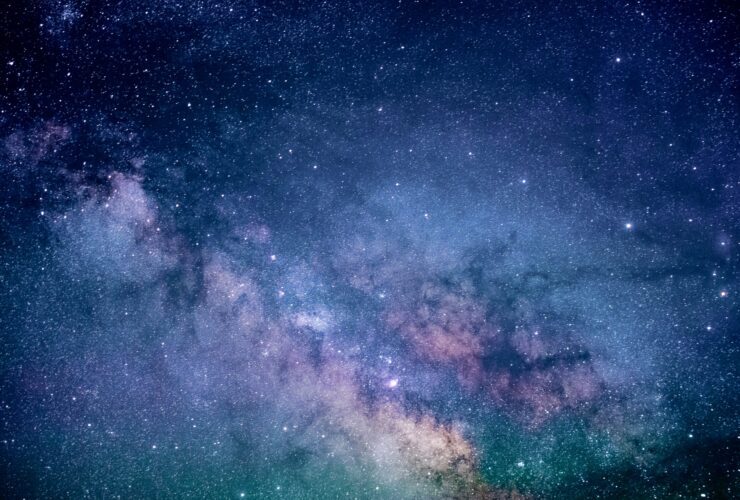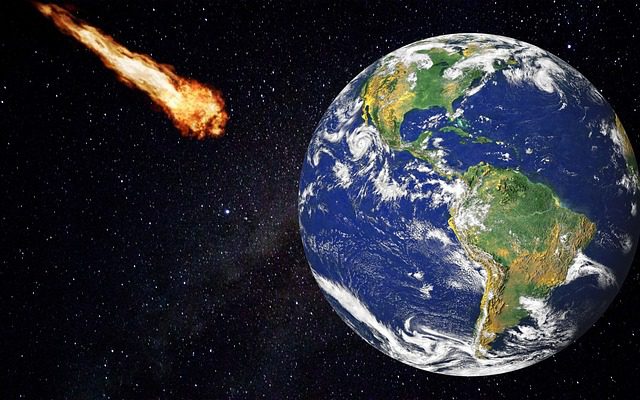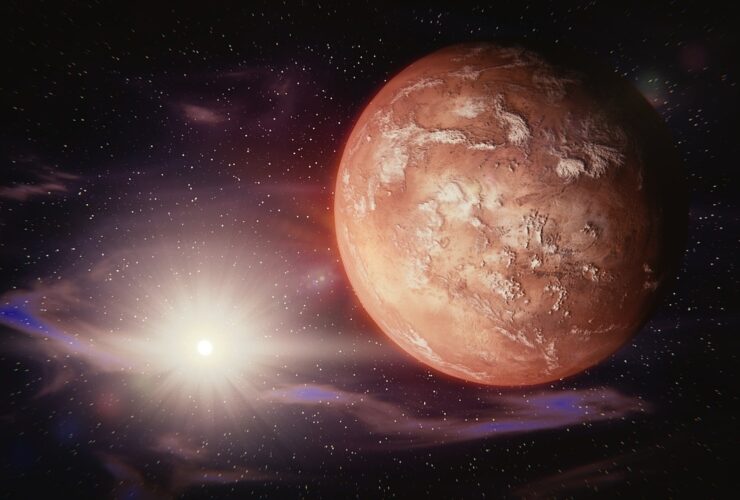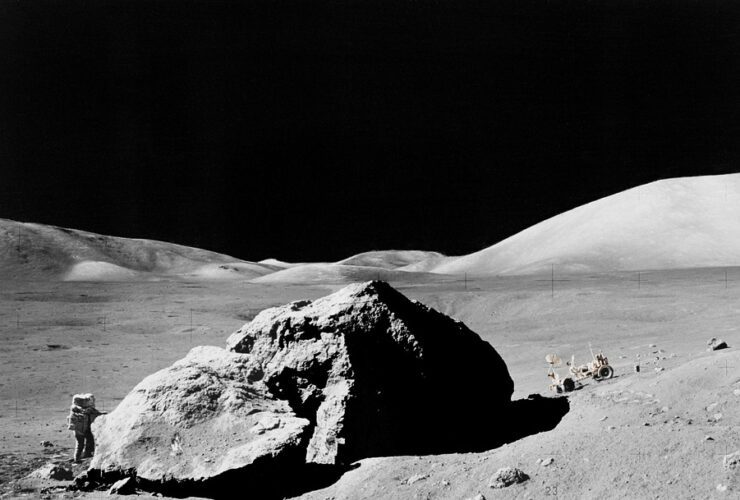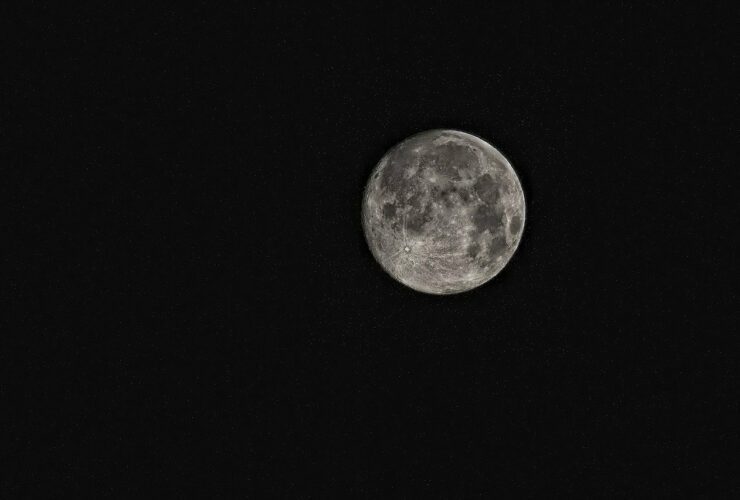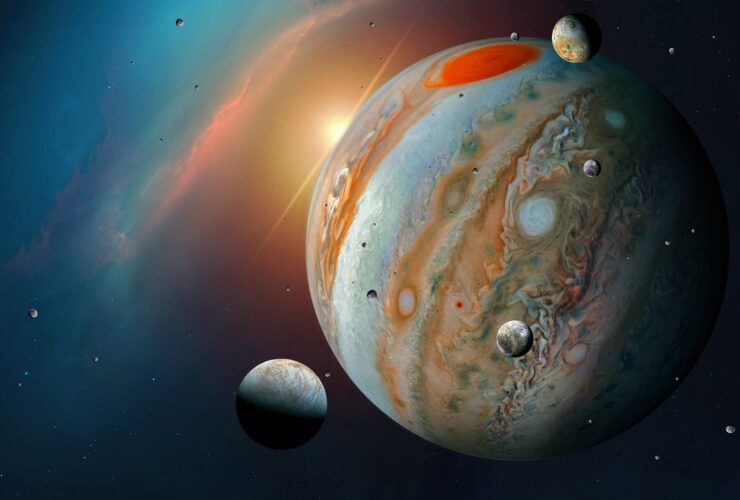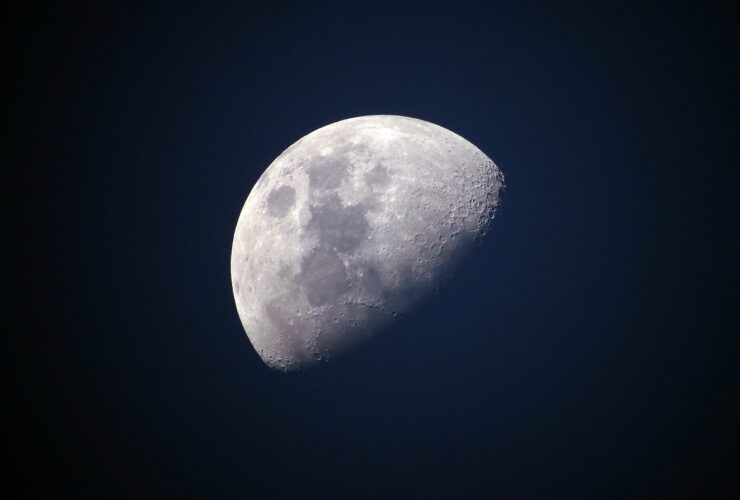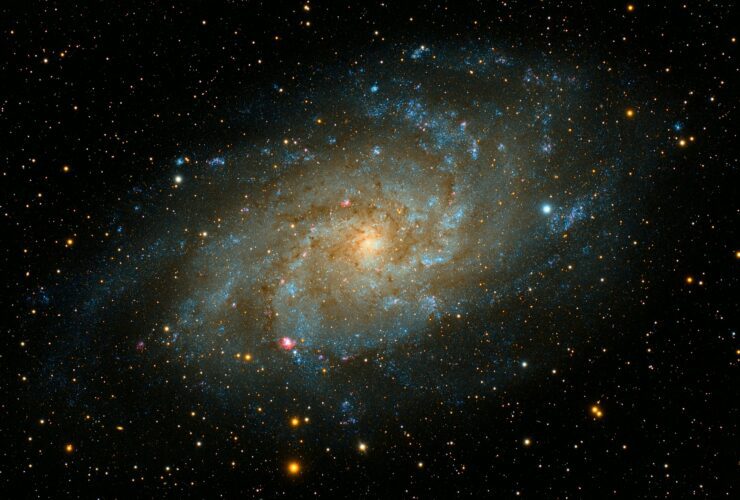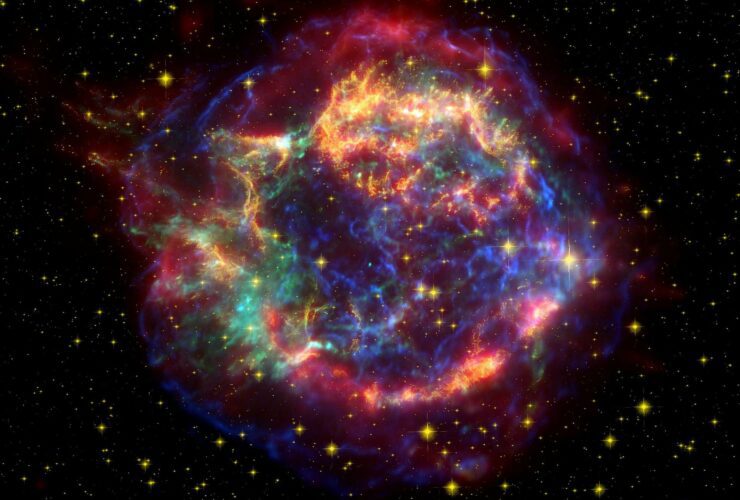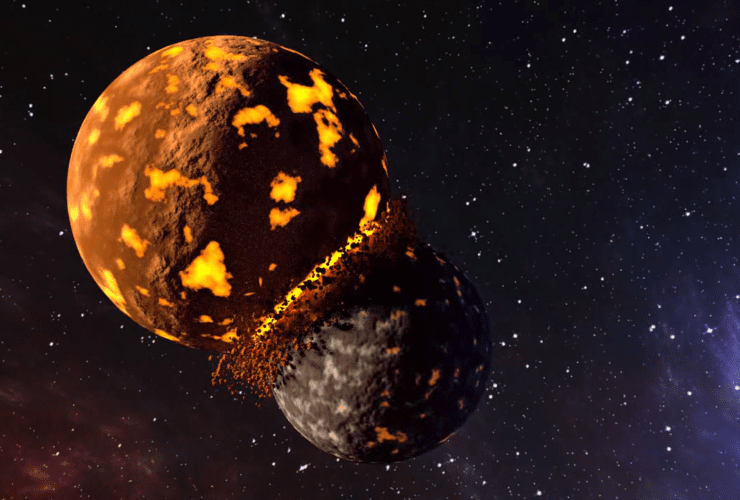The cosmos is a diverse and complicated system with many unanswered questions. To yet, the mapping of the universe by astronomers has shown that tiny galaxies may be randomly scattered around their hosts. However, new research shows that these small ...
There’s an enormous asteroid on its way to Earth, and NASA is watching it closely. Asteroid 388945 (2008 TZ3) is expected to approach Earth on May 15th, according to NASA. Up to 1,608 feet in width is expected for the ...
Water was previously thought to have been present on Mars for at least three billion years. NASA’s Mars Reconnaissance Orbiter, for example, detected salt crystals that suggest water may have existed as recently as two billion years ago. The Zhurong ...
Chinese scientists recently reported in the journal Joule that the lunar soil possesses active molecules capable of converting carbon dioxide into oxygen and energy. To help with human explorations of the moon and beyond, they’re now looking into lunar assets. ...
On the Moon, there exist molecules of water and ice, but how did these materials get up there? There’s a good chance that part of the water on the moon came from asteroids and comets colliding, but recent research reveals ...
Experts think that Europa’s subterranean lakes of salty water might be ideal locations to hunt for indications of life outside our planet’s atmosphere. Researchers uncovered evidence for the existence of tiny ponds under the Jovian moon’s frozen surface after seeing ...
An asteroid impact 4.3 billion years ago caused havoc in the moon’s mantle, explaining why one side of the moon has more craters than the other. A recent study supports this theory. Per the International Astronomical Union, the moon has ...
Despite the vast distances involved, astronomers have captured the light of a single star from the beginning of the Universe. It is the most remote object of its kind yet discovered, dating from just 900 million years after the Big ...
The Cassiopeia A supernova’s inner nebula isn’t traveling outward evenly. Astronomers from the University of Amsterdam and Harvard have found this new phenomenon. There is a strong possibility that the remains have been impacted by another object. The Astrophysical Journal ...
Our solar system was formed by violent collisions between rocky bodies. The frequency of comparable accidents near other stars may be inferred from observations of similar crashes. There have been several collisions between planets in our solar system, notably Earth ...

